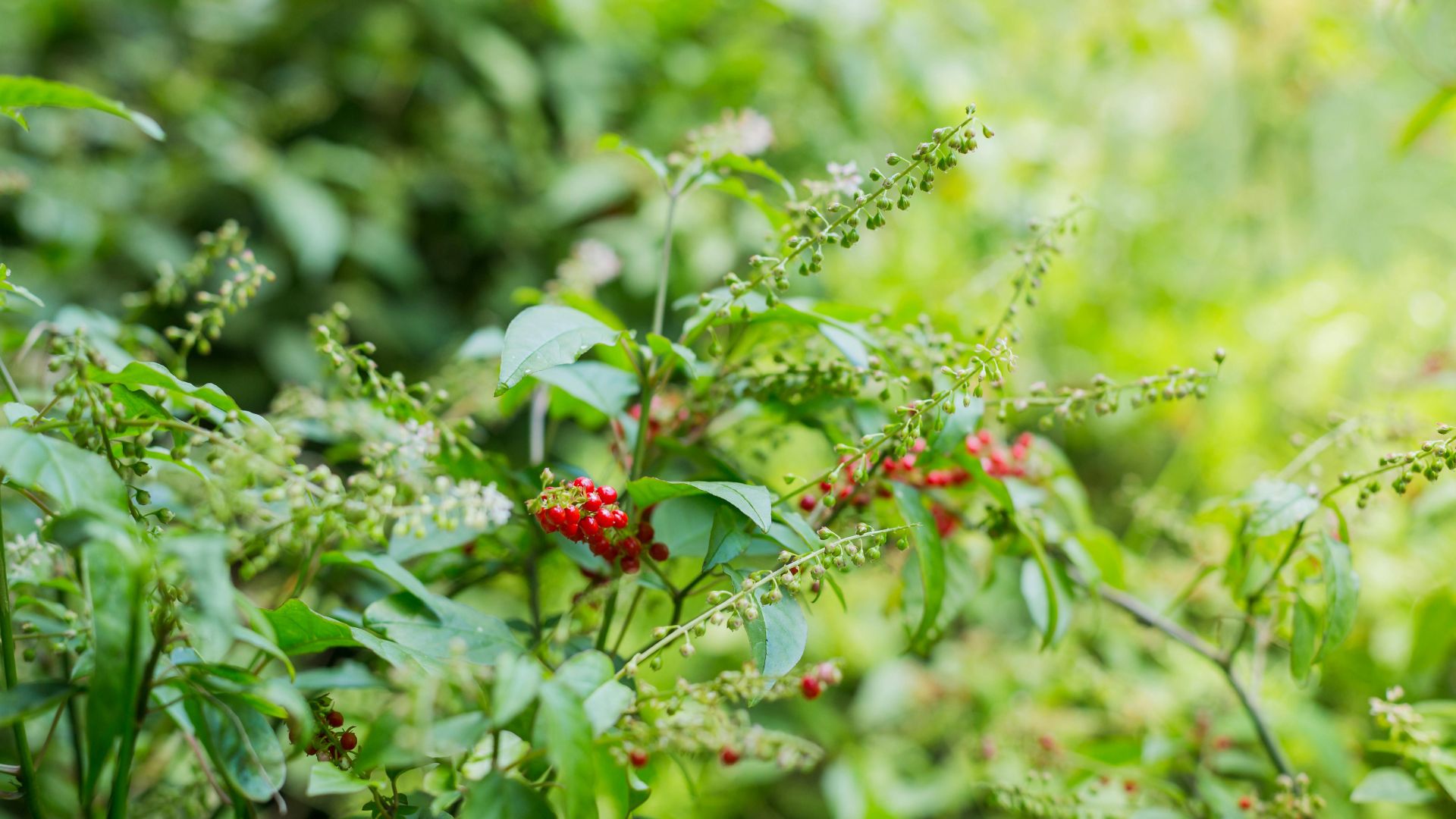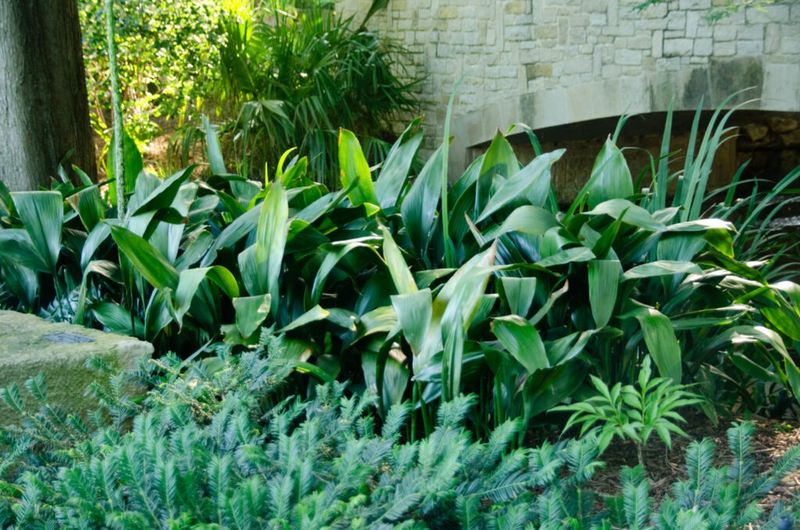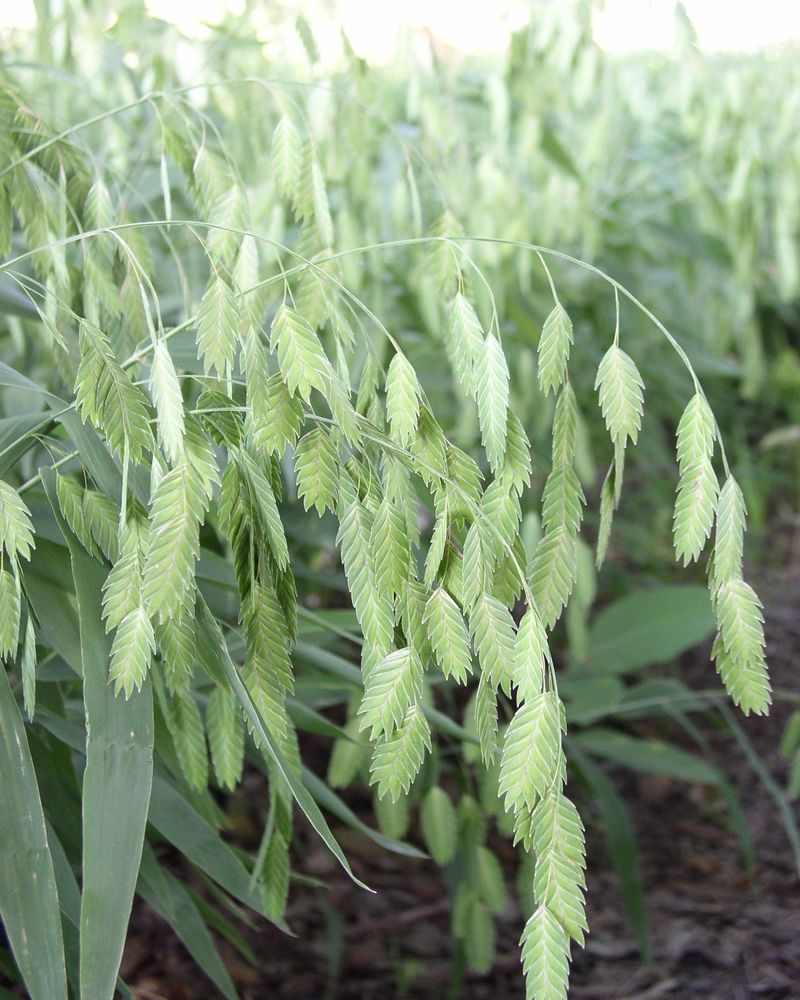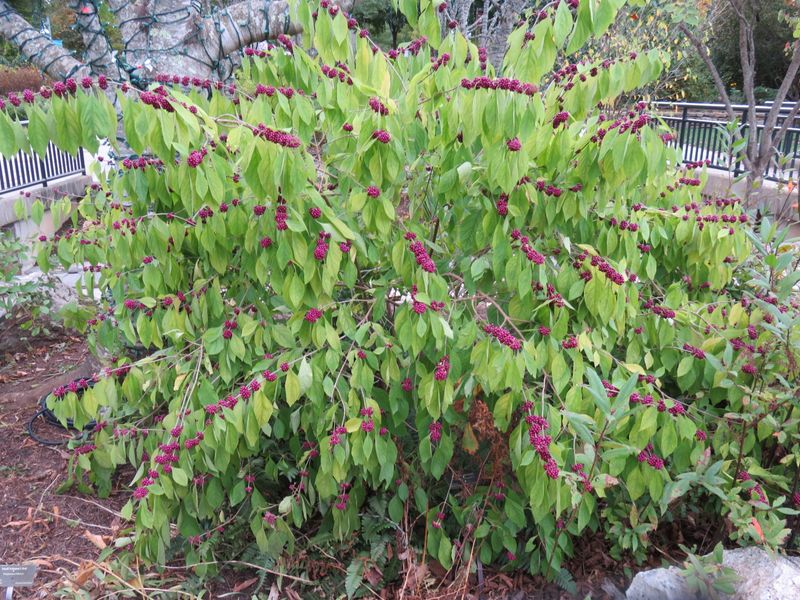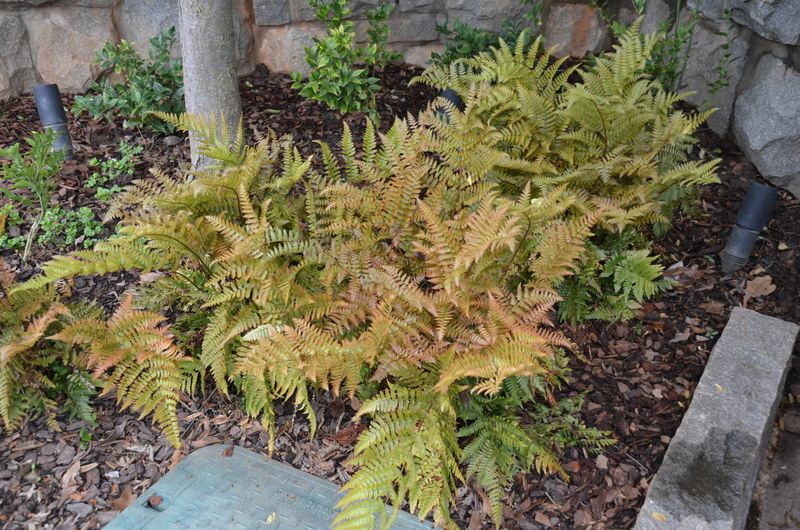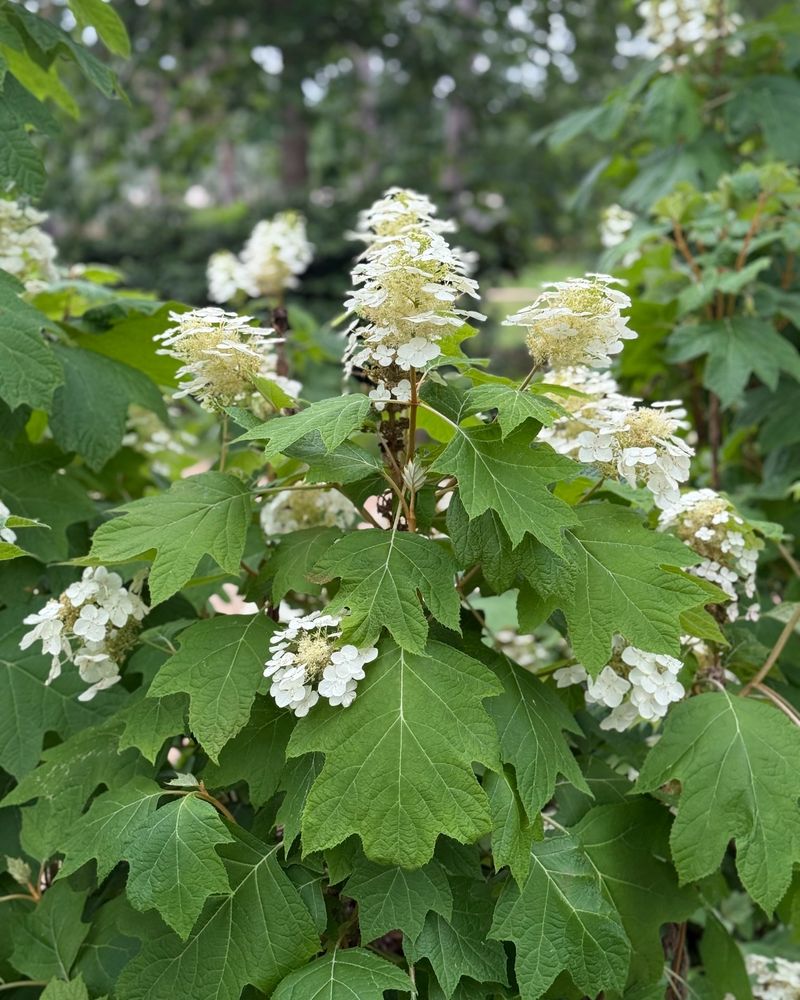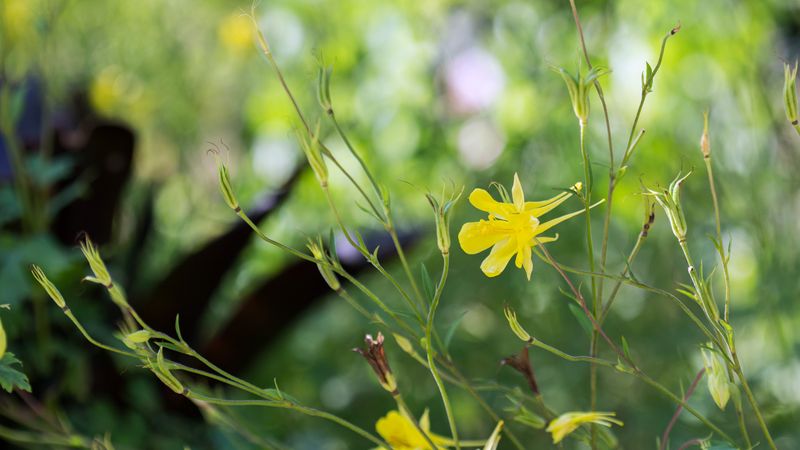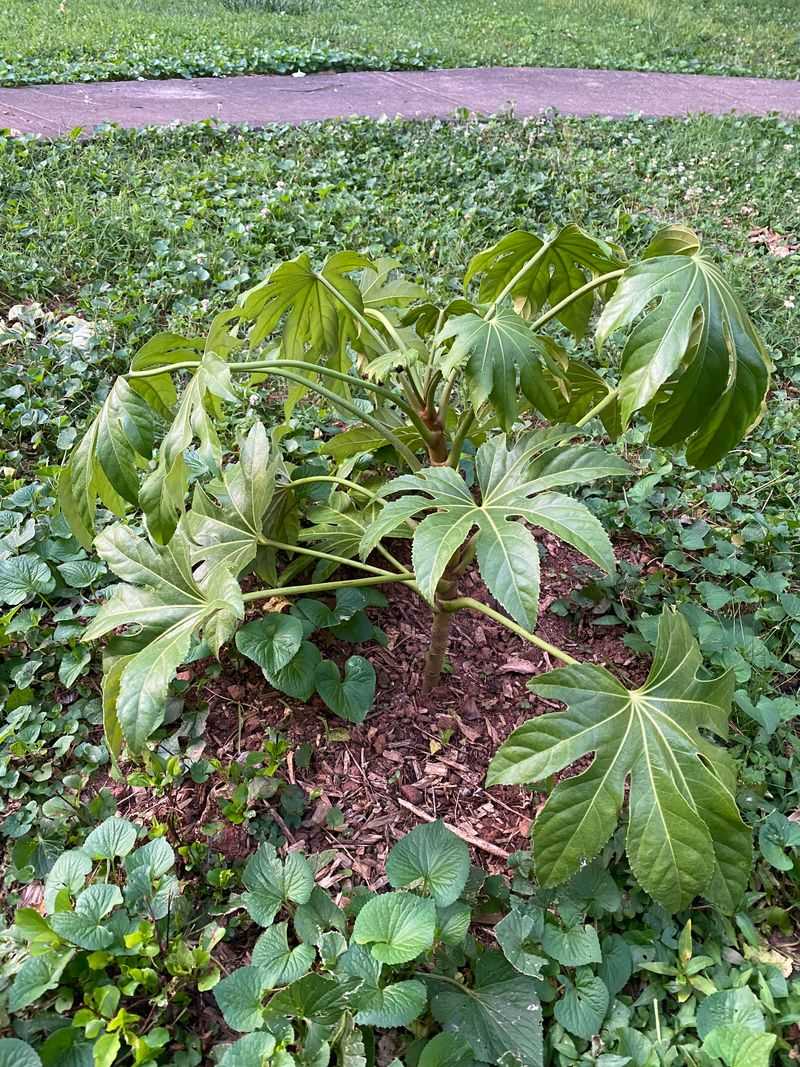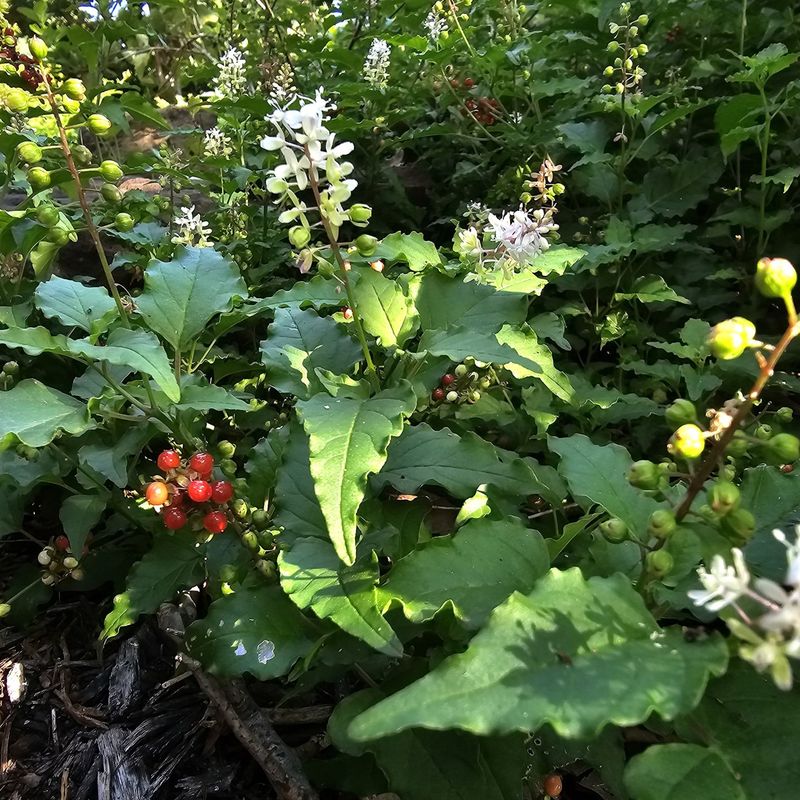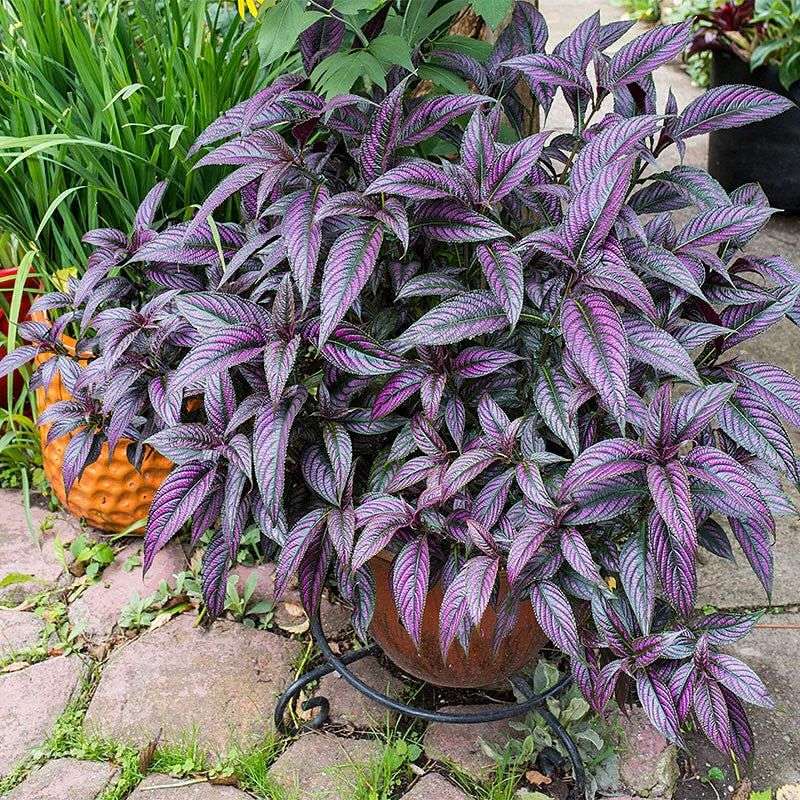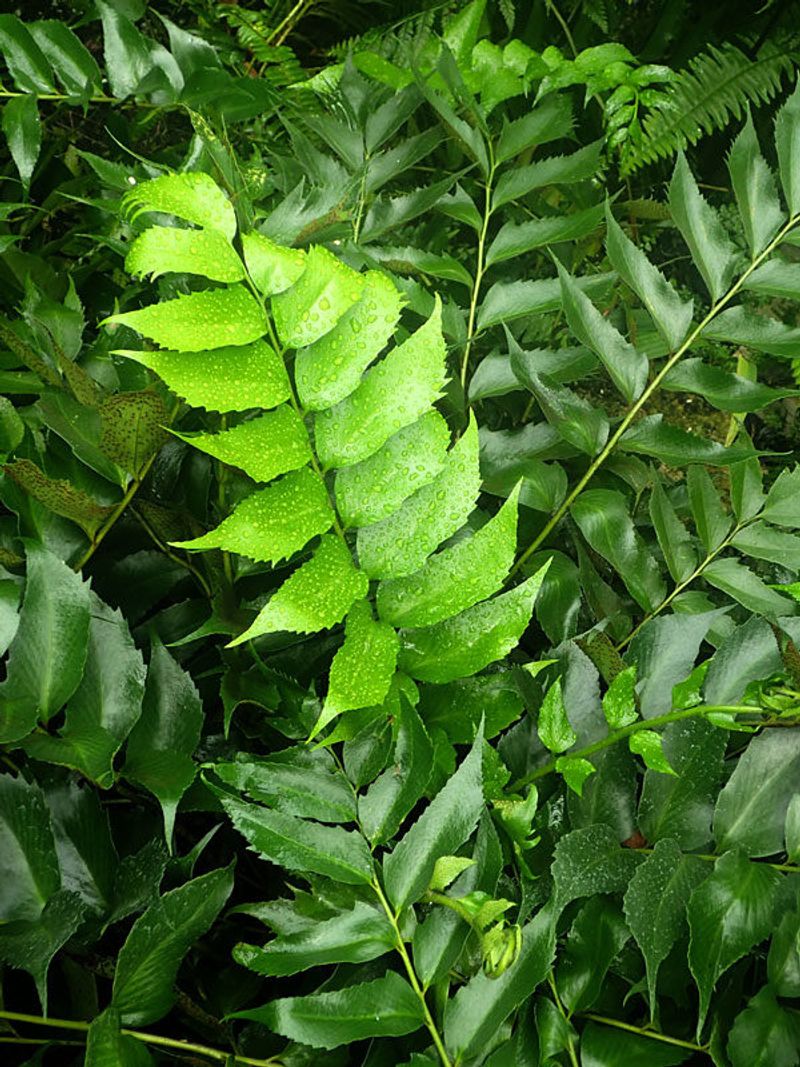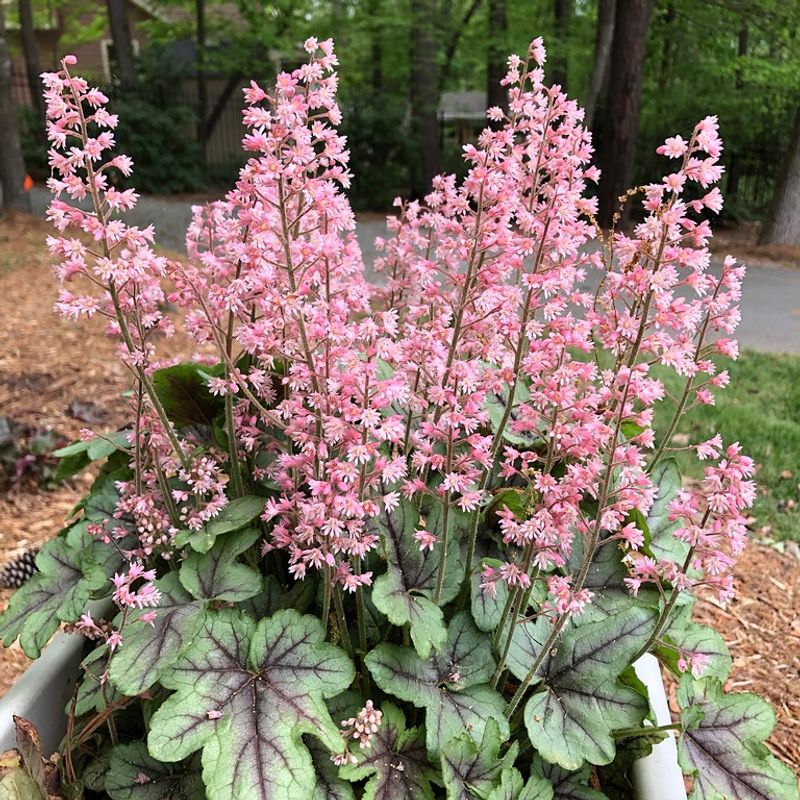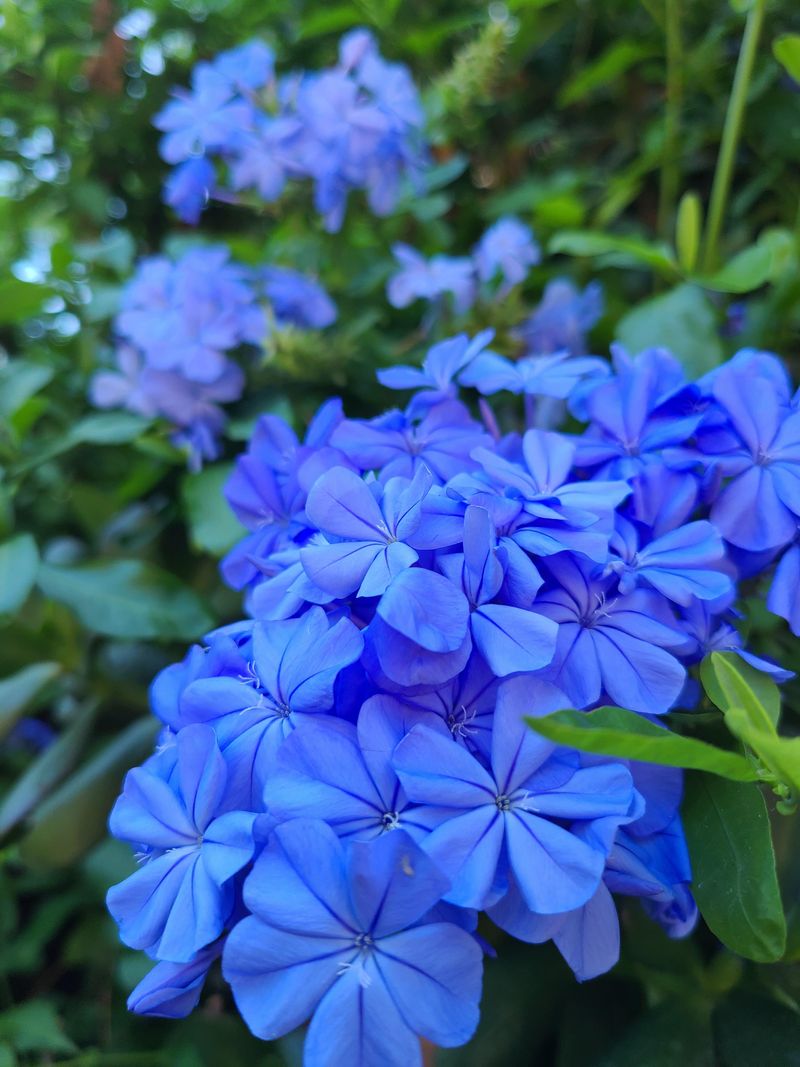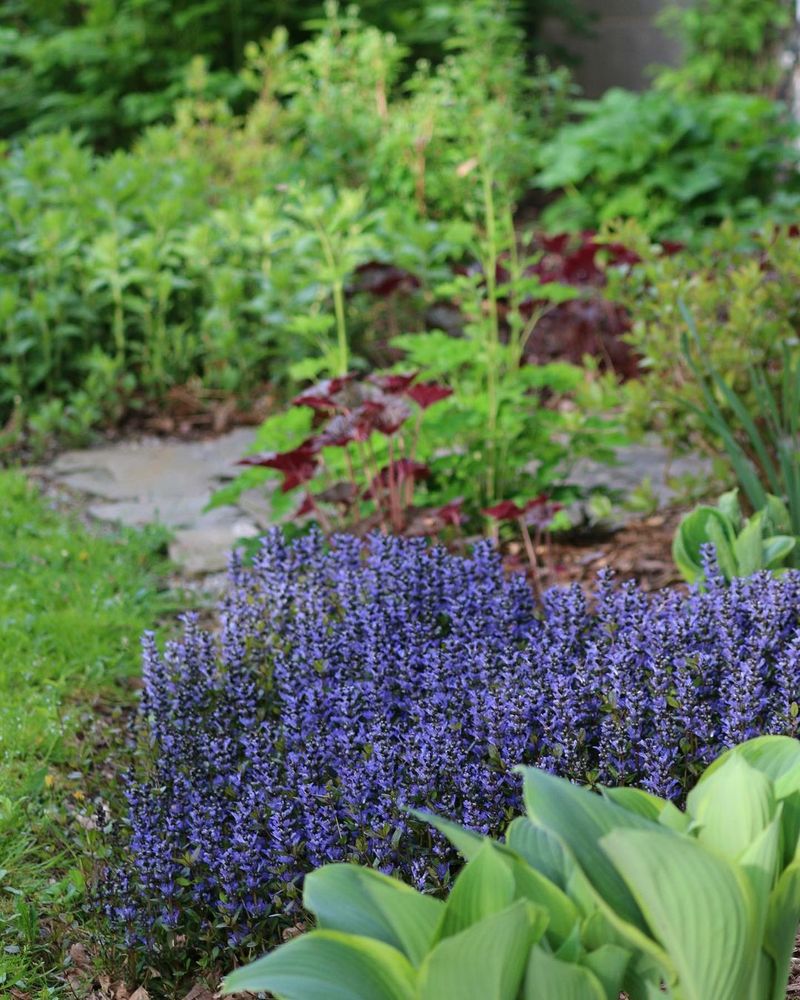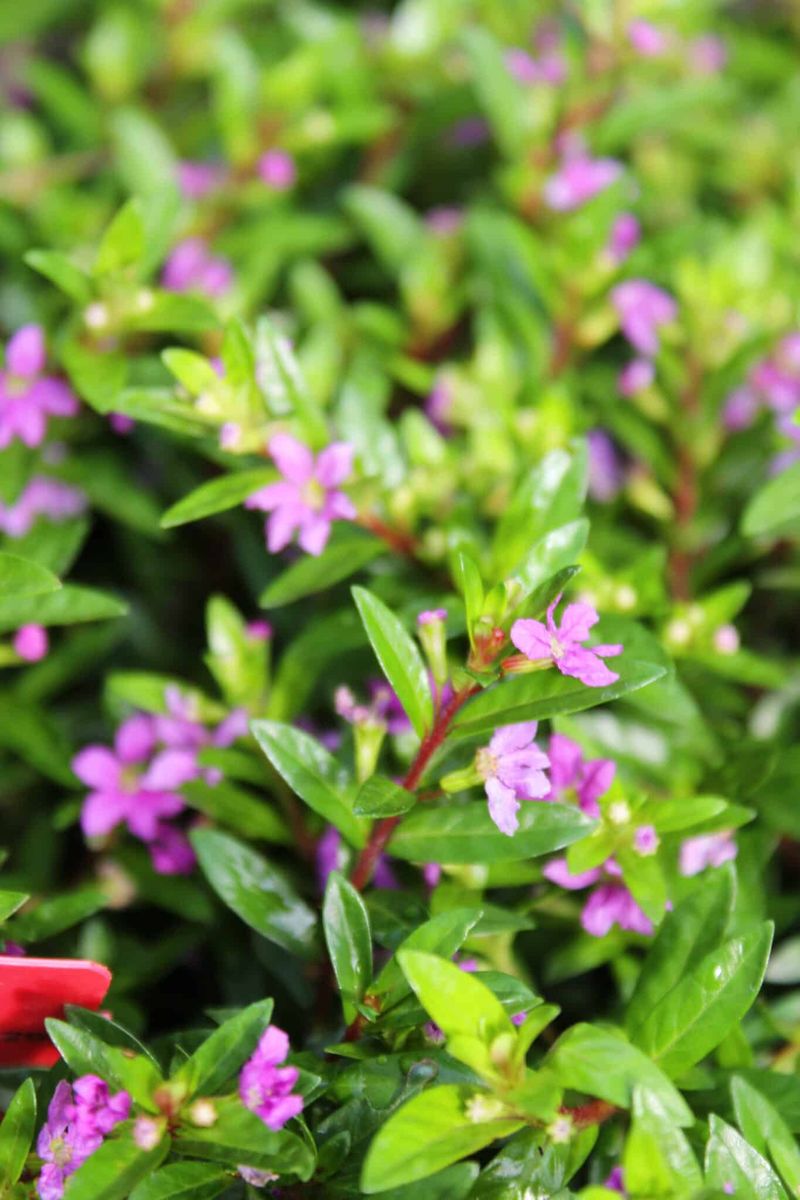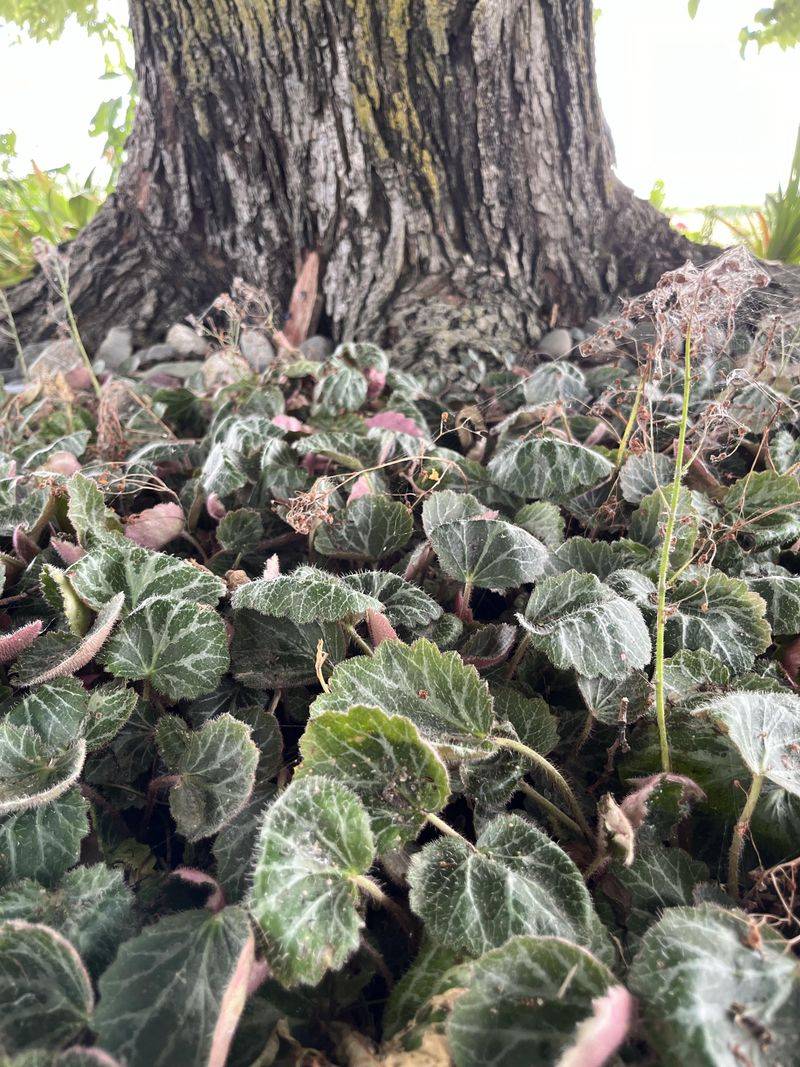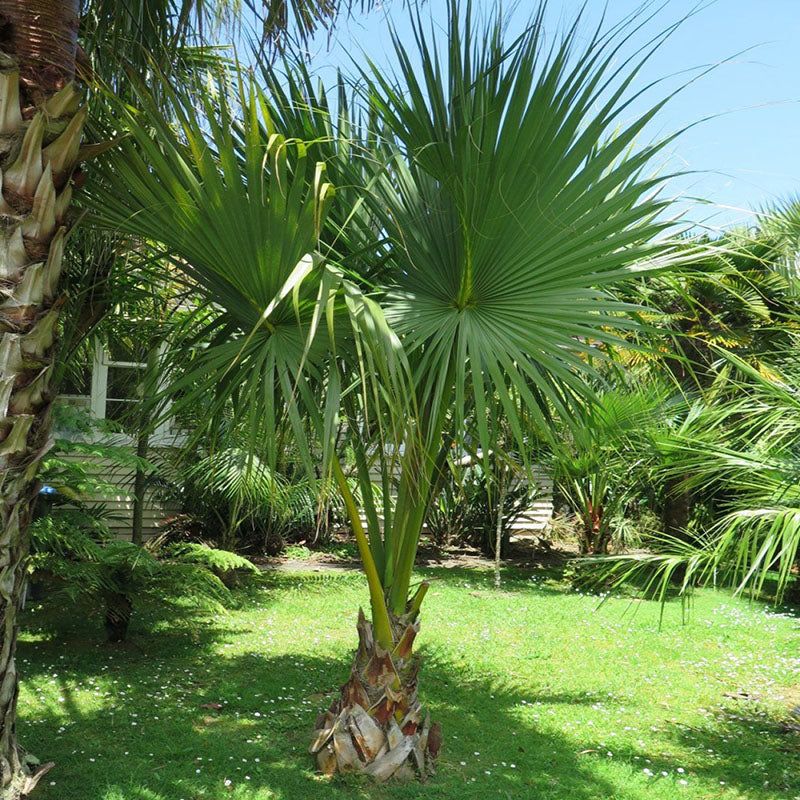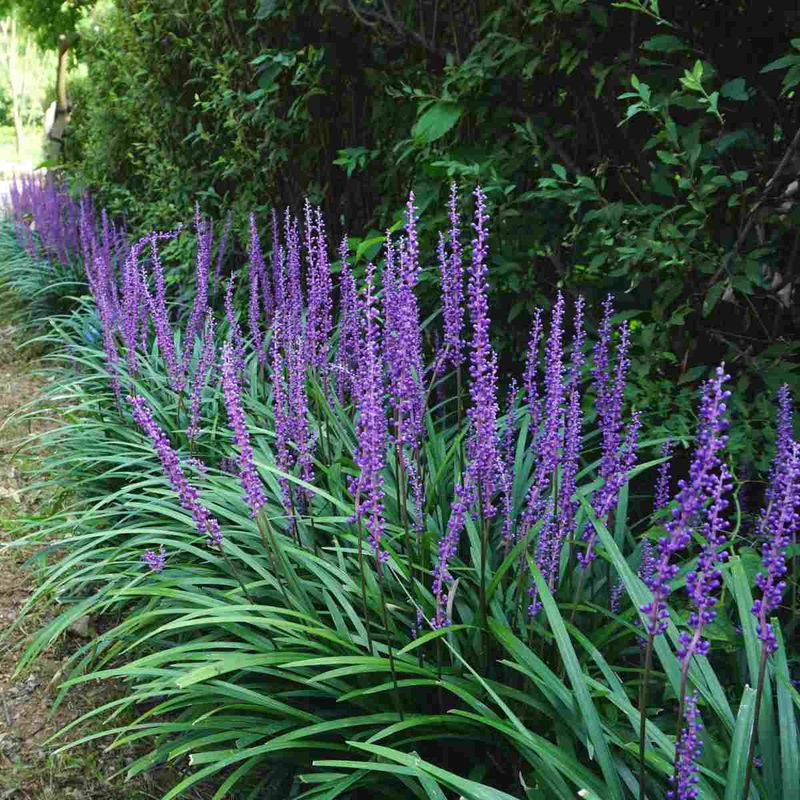Texas summers don’t hold back—and when the heat climbs past 100°, shady areas can seem just as tough. Finding plants that can thrive without full sun (and without constant babysitting) is the secret to turning a scorched yard into a peaceful oasis.
Luckily, some shade-loving champions are built for the job. Think hardy ferns, caladiums, coleus, and cast iron plants—they’re not just survivors, they actually flourish in those tricky spots with minimal fuss.
With the right picks, you can beat the heat and still enjoy color, texture, and life in your garden. These 18 beauties keep growing strong, proving that full sun isn’t the only path to lush summer success.
1. Turk’s Cap
Native to Texas, this plant produces unusual red flowers that never fully open, resembling a Turkish turban. Hummingbirds absolutely love it, and I’ve counted up to five buzzing around mine on summer evenings.
Turk’s Cap handles our clay soils surprisingly well. It grows about 2-4 feet tall in shade but can reach 6 feet in better conditions.
Once established, it needs minimal watering, even during August heat waves. I’ve had mine survive two years of drought with just occasional help.
2. Cast Iron Plant
True to its name, this plant is nearly indestructible. The deep green, strap-like leaves stay beautiful year-round, even when my other plants look heat-stressed and crispy.
Cast Iron plants grow slowly, which is actually a plus since they won’t overtake your garden. They prefer being left alone rather than fussed over with fertilizers.
My grandmother had the same specimens for over 30 years in her East Texas garden. They survived neglect, freezes, and blistering summers without complaint.
3. Inland Sea Oats
The graceful seed heads of Inland Sea Oats dance in the slightest breeze, adding movement to shady spots where few grasses grow. They turn a lovely golden color in fall.
This native grass forms clumps about 2-3 feet tall and spreads gradually. The seed heads resemble oats, hence the name, though they’re not related to true oats.
Plant them along a shaded pathway where you can appreciate their delicate beauty. Just be aware they self-seed readily – I collect the dried seed heads to prevent too much spreading.
4. American Beautyberry
The brilliant purple berries that appear in fall make this native shrub a showstopper. Birds go crazy for the berries, providing natural entertainment right outside your window.
Beautyberry grows in a loose, arching form about 3-5 feet tall. The berries form along the stems in tight clusters, creating a striking display against the light green foliage.
I’ve found it grows best with morning sun and afternoon shade in Texas. The leaves may drop during severe drought, but the plant bounces back quickly after rain.
5. Autumn Fern
New fronds emerge with a coppery-red color that gives this fern its name. The color contrast between new and mature fronds creates visual interest even in deep shade.
Unlike many ferns that struggle in our heat, Autumn Fern handles Texas summers remarkably well. It stays evergreen most winters except during severe freezes.
Mine have survived in a north-facing bed that gets almost no direct sun. They look best when given consistent moisture, but can recover from occasional dry spells without permanent damage.
6. Oakleaf Hydrangea
The large, oak-shaped leaves make this hydrangea stand out even when not in bloom. Come fall, the foliage turns spectacular shades of burgundy and purple that last for weeks.
White flower clusters appear in late spring, gradually changing to pink and then tan as they age. They make excellent dried arrangements that last for months.
Plant this shrub where it gets morning sun but afternoon shade. My neighbor’s oakleaf hydrangeas have thrived for years in a spot that gets dappled shade beneath tall pine trees.
7. Texas Columbine
Delicate yellow flowers appear in early spring, hovering like little butterflies above the soft, blue-green foliage. They’re one of the first plants to bloom in my woodland garden each year.
Native to limestone canyons in the Hill Country, Texas Columbine appreciates soil with good drainage. They’re short-lived perennials but self-seed gently to maintain their presence.
During summer dormancy, the foliage may die back completely. Don’t panic – mark the spot and be patient. They’ll return when temperatures cool in fall.
8. Japanese Aralia
The glossy, tropical-looking leaves create a bold statement in shady corners. Each leaf can reach 16 inches across, giving an instant jungle feel to ordinary gardens.
Japanese Aralia forms a rounded shrub about 6 feet tall and wide. Small white flowers appear in fall, followed by black berries that birds enjoy.
During last summer’s 108-degree days, my aralia looked unfazed while other plants wilted. Just make sure to plant it where it’s protected from winter winds to prevent leaf damage.
9. Pigeonberry
This native Texas perennial produces charming pink flowers followed by bright red berries that birds adore. The contrast between the berries and green leaves creates a cheerful display in shady spots.
Growing just 1-2 feet tall, pigeonberry works beautifully as a groundcover or front-of-border plant. It spreads gradually but isn’t aggressive.
After a freeze knocks it back, pigeonberry reliably returns from the roots once warm weather arrives. I’ve watched mine bounce back even after being completely frozen to the ground.
10. Persian Shield
The iridescent purple leaves with silver highlights look almost metallic in the garden. Even in the deepest shade, this plant adds a pop of color that draws the eye.
Persian Shield grows as a perennial in frost-free areas of South Texas and as an annual elsewhere. It reaches about 3 feet tall with an upright growth habit.
Last summer, I planted it in a container on my shaded patio where it performed beautifully despite triple-digit temperatures. Regular watering keeps the leaves looking their best.
11. Holly Fern
The leathery, dark green fronds have a distinctive texture that stands out among other shade plants. Each leaflet has a slightly spiny edge, reminiscent of holly leaves.
Holly Fern stays evergreen through mild Texas winters, providing structure when other perennials have died back. It forms a tidy clump about 2 feet tall and wide.
My holly ferns have survived in a dry shade area beneath live oaks where many other plants struggle. They look their best with regular water but tolerate dry periods once established.
12. Coral Bells
Modern varieties come in stunning foliage colors ranging from purple to amber to silver. The leaves form tidy rosettes that look good year-round in most Texas gardens.
Tiny bell-shaped flowers appear on tall, wiry stems in spring, attracting hummingbirds. The flower stalks rise well above the colorful foliage mounds.
Plant coral bells where they receive morning sun but afternoon shade. A thick layer of mulch helps keep their roots cool during our hottest months and prevents them from heaving during winter freezes.
13. Plumbago
Sky-blue flowers cover this sprawling shrub from spring until frost, creating a cool visual effect in the garden. The flowers attract butterflies, especially swallowtails, which visit my plumbago daily.
While often recommended for sun, plumbago actually performs beautifully in dappled shade or morning-sun locations in Texas. It grows about 3 feet tall with a spreading habit.
During extreme drought, it may drop leaves but recovers quickly when water returns. My plumbago survived the 2011 drought with minimal supplemental watering and still managed to bloom.
14. Ajuga
This low-growing groundcover creates a dense carpet of color in areas where grass won’t grow. Varieties with burgundy or variegated foliage add year-round interest to shady spots.
Short spikes of blue flowers appear in spring, standing about 6 inches above the foliage. The plant itself stays under 4 inches tall, making it perfect for edging pathways.
Ajuga spreads by runners but isn’t usually invasive in Texas gardens. I’ve used it successfully under trees where nothing else would grow due to root competition and deep shade.
15. Mexican Heather
Tiny purple flowers appear non-stop from spring through fall on this compact shrub. The fine-textured foliage has a delicate appearance that softens garden edges.
Growing about 18 inches tall and wide, Mexican Heather makes an excellent border plant or container specimen. Despite its delicate look, it’s surprisingly tough in our climate.
During a recent visit to the San Antonio Riverwalk, I noticed Mexican Heather thriving in the dappled shade beneath cypress trees. It performs equally well in home gardens with similar light conditions.
16. Strawberry Begonia
Despite its common name, this isn’t a true begonia or strawberry plant. The round, hairy leaves with silver veining create an attractive groundcover in shady areas.
Small white flowers appear on tall stems, followed by plantlets that dangle on red runners – resembling strawberries, hence the name. These plantlets root where they touch soil, gradually expanding the colony.
My grandmother grew these in her East Texas garden, and I’ve continued the tradition. They perform beautifully in the dappled shade beneath my pecan trees, forming a living mulch that suppresses weeds.
17. Dwarf Palmetto
This native Texas palm creates a tropical look in shaded woodland gardens. The fan-shaped leaves form a rounded clump about 4-6 feet tall and wide.
Unlike many palms, Dwarf Palmetto actually prefers shade and can even grow in full shade conditions. It’s naturally found in the understory of East Texas forests.
After the 2021 freeze damaged many exotic palms across the state, my dwarf palmettos showed minimal damage. They’re exceptionally cold-hardy and recover quickly from freeze damage.
18. Liriope
Often called Monkey Grass, this grasslike plant creates tidy borders along pathways or garden beds. The strappy foliage stays green year-round in most Texas gardens.
Purple or white flower spikes appear in late summer, followed by black berries that persist through winter. The flowers provide a welcome splash of color when many plants have finished blooming.
I’ve seen liriope thrive in conditions ranging from almost full sun to deep shade. It’s particularly useful for binding soil on slopes where erosion might otherwise be a problem.

